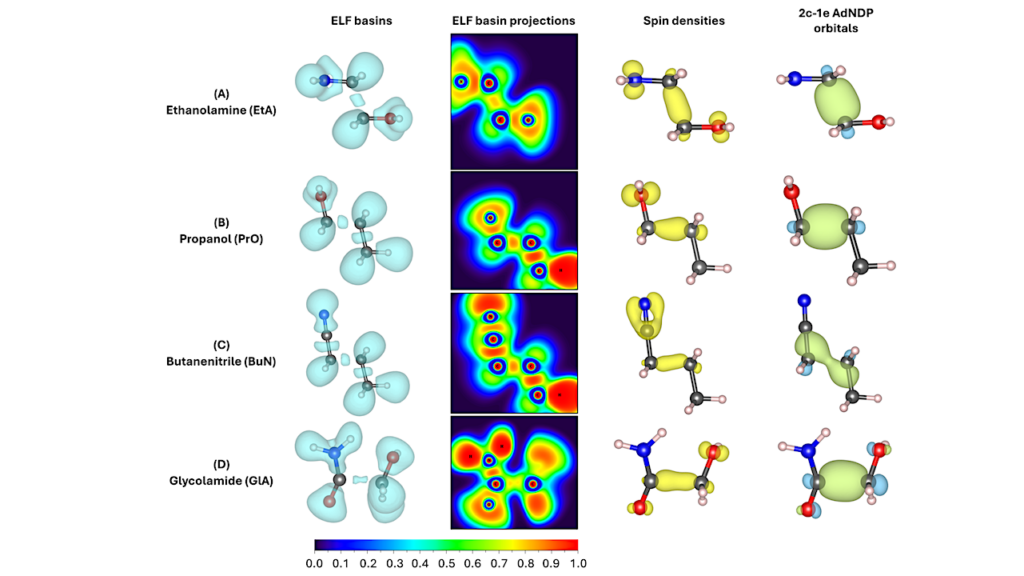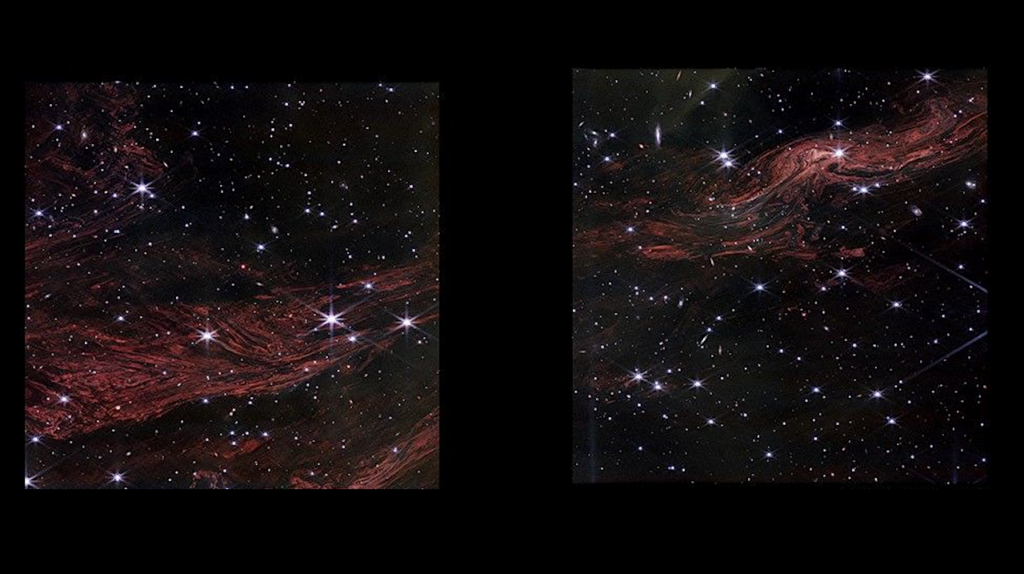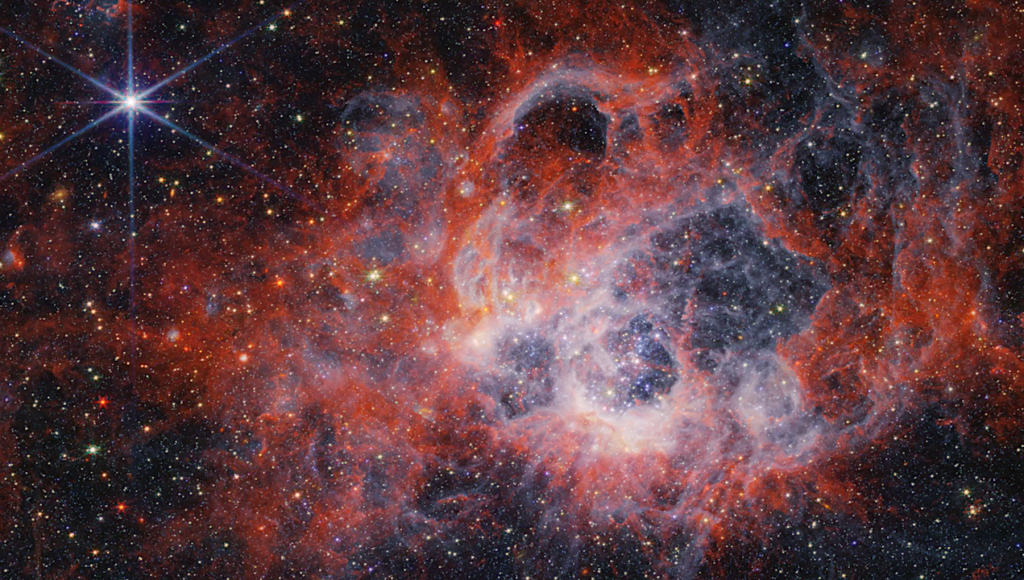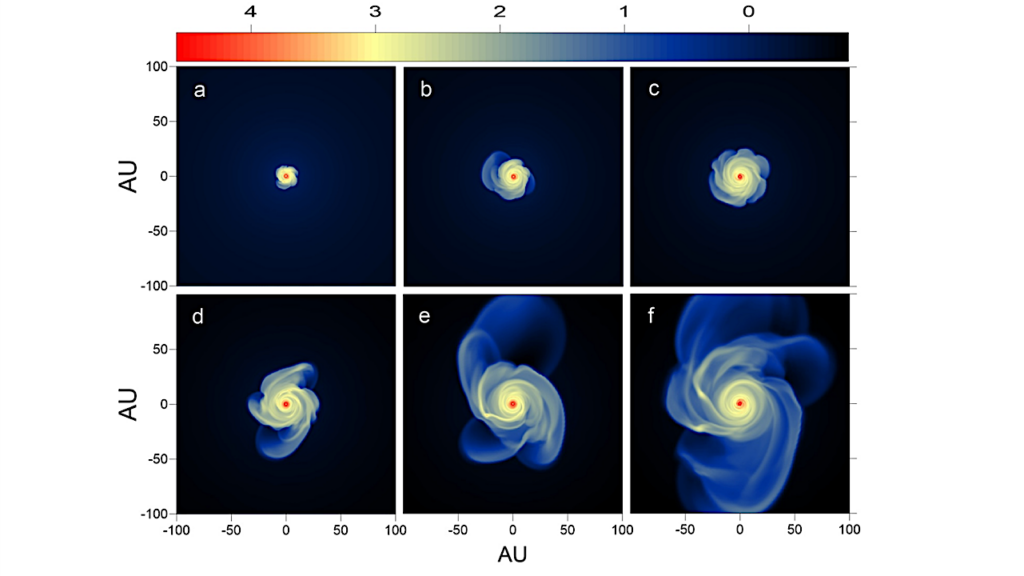Bioverse: GMT and ELT Direct Imaging and High-Resolution Spectroscopy Assessment – Surveying Exo-Earth O2 and Testing the Habitable Zone Oxygen Hypothesis
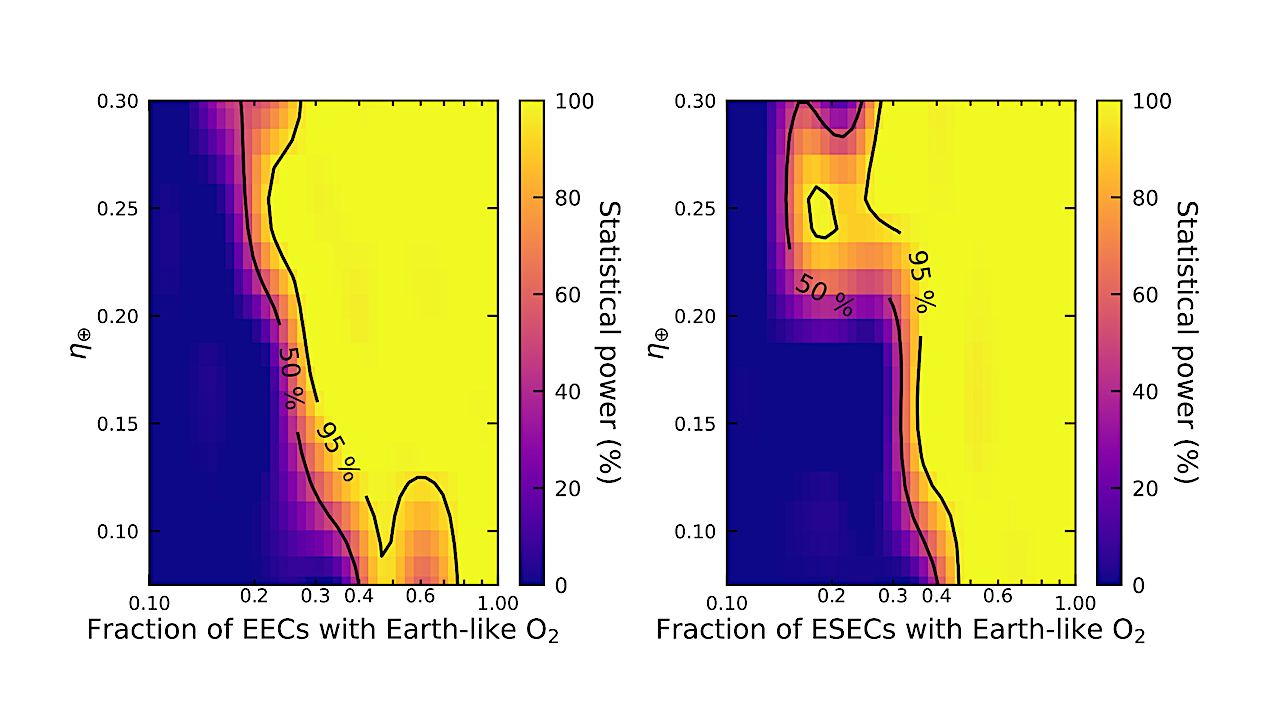
Biosignature detection in the atmospheres of Earth-like exoplanets is one of the most significant and ambitious goals for astronomy, astrobiology, and humanity.
Molecular oxygen is among the strongest indicators of life on Earth, but it will be extremely difficult to detect via transmission spectroscopy. We used the Bioverse statistical framework to assess the ability to probe Earth-like O2 levels on hypothetical nearby habitable zone exoplanets (EECs) using direct imaging and high-resolution spectroscopy on the Giant Magellan Telescope (GMT) and the Extremely Large Telescope (ELT).
We found that O2 could be probed on up to ∼5 and ∼15 EECs orbiting bright M dwarfs within 20 pc in a 10-year survey on the GMT and ELT, respectively. Earth-like O2 levels could be probed on four known super-Earth candidates, including Proxima Centauri b, within about one week on the ELT and a few months on the GMT.
We also assessed the ability of the ELT to test the habitable zone oxygen hypothesis – that habitable zone Earth-sized planets are more likely to have O2 – within a 10-year survey using Bioverse.
Testing this hypothesis requires either ∼1/2 of the EECs to have O2 or ∼1/3 if η⊕ is large. A northern hemisphere large-aperture telescope, such as the Thirty Meter Telescope (TMT), would expand the target star pool by about 25%, reduce the time to probe biosignatures on individual targets, and provide an additional independent check on potential biosignature detections.

The ability to probe H2O (blue dashed), O2 (green dashed dotted), CH4 (orange dotted), CO2 (pink dashed), and CO (black dotted) in the atmospheres of exoplanets in the habitable zones of G2 V through M8 V stars at 2λ/D for distances of 5 pc (left) and 10 pc (right). Lines are shown for a ∼6-meter JWST or anticipated HWO diameter aperture (orange solid), the GMT (blue solid), the TMT (green solid), and ELT (yellow solid). If a habitable zone region falls above the line for a telescope, the biosignature could be accessible to that facility at an inner working angle of 2λ/D. — astro-ph.EP
Kevin K. Hardegree-Ullman, Dániel Apai, Sebastiaan Y. Haffert, Martin Schlecker, Markus Kasper, Jens Kammerer, Kevin Wagner
Comments: 19 pages, 8 figures, 4 tables. Under review, comments are welcome
Subjects: Earth and Planetary Astrophysics (astro-ph.EP); Instrumentation and Methods for Astrophysics (astro-ph.IM)
Cite as: arXiv:2405.11423 [astro-ph.EP] (or arXiv:2405.11423v1 [astro-ph.EP] for this version)
https://doi.org/10.48550/arXiv.2405.11423
Focus to learn more
Submission history
From: Kevin Hardegree-Ullman
[v1] Sun, 19 May 2024 02:05:29 UTC (349 KB)
https://arxiv.org/abs/2405.11423
Astrobiology,




